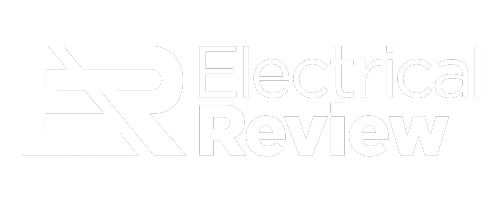AI is now being used with more frequency in day-to-day operations at power plants, according to a new study from GlobalData, while IoT and digital twins are also seeing a spike in popularity.
While AI may still be ‘new’ in many respects, power plants have begun transitioning from using the technology as part of pilot projects, and are now integrating it into their day-to-day practice, with predictive maintenance now capable of trimming upkeep bills by up to 30% and raising equipment availability.
According to GlobalData’s report, AI‑driven analytics, machine learning and real‑time monitoring are reshaping how utilities care for turbines, transformers and battery systems. That’s thanks to a concerted effort by industry heavyweights, including GE Vernova, Siemens and Schneider Electric, all of whom are selling off‑the‑shelf platforms designed to spot faults using AI technology before they cause costly downtime.
Where AI is being leveraged
According to Rehaan Shiledar, Power Analyst at GlobalData, “Wind turbines and solar panels are frequently situated in remote or harsh environments, which can make repairs both challenging and costly. Predictive maintenance is playing a crucial role in ensuring these systems operate efficiently, thereby reducing the risk of unexpected breakdowns and the associated expenses.”
In fact, sensor‑laden turbines owned by E.ON and Enel are now feeding back data on temperature, vibration, wind speed and output, allowing operations teams to schedule interventions only when truly needed. RWE has rolled out condition‑monitoring across its entire onshore fleet, while Enel Green Power has teamed up with Raptor Maps to pinpoint faults on photovoltaic panels via drone imagery and diagnostics software.
Energy storage assets are also getting the AI treatment. Enel Green Power has adopted a predictive regime for its lithium‑ion systems, working with German specialist Volytica Diagnostics to flag early signs of cell degradation and thermal runaway.
Increasing use of digital twins, IoT and edge computing
It’s not just AI that is seeing its time in the sun, but other technologies are being leveraged more widely across the electricity grid. In fact, the European Commission’s Horizon Europe programme is backing TwinEU, an initiative to create a digital twin of the continent’s electricity network, while Innovate UK has just funded the three‑year WindTwin project to model turbine performance in real time.
At asset level, Montel Energy is deploying IoT sensors to track the health of transformers and converters around the clock, while edge computing, which involves processing data at the device rather than in the cloud, is also gaining ground. Microsoft’s Azure IoT Edge and ABB’s condition‑monitoring kits both promise split‑second analytics even in bandwidth‑constrained sites.
According to Shiledar, “The recent technological trends, including digital twin technology, the Internet of Things (IoT), and edge computing, are increasingly being leveraged in predictive maintenance. These advancements are proving instrumental in enhancing the accuracy and efficiency of maintenance strategies across the power industry.”
What the increased usage of technology means for the power industry
By slashing unplanned outages and extending component lifetimes, AI‑enabled maintenance can help utilities curb both costs and carbon, with GlobalData also noting that it aligns neatly with net zero ambitions and tight capital budgets.
Shiledar concluded, “As the power market continues to evolve, predictive maintenance emerges as a pivotal driver of innovation and efficiency. It not only bolsters the industry’s shift toward digitization but also aligns with the increasing focus on sustainability by aiding power companies in managing their assets in an environmentally responsible manner. The adoption of predictive maintenance is poised to rise as stakeholders in the power market acknowledge its capacity to foster operational excellence and propel business success.”

